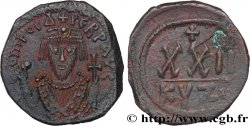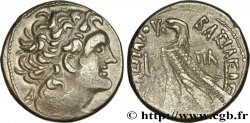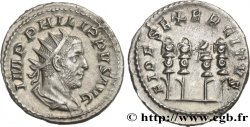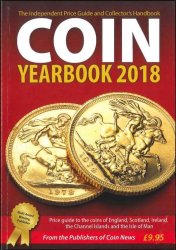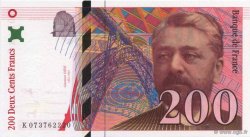Live auction - bgr_748909 - LUCANIA - VELIA Nomos, statère ou didrachme
Usted debe firmar y ser un comprador aprobado para pujar, Inicia sesión para pujar. Las cuentas están sujetas a la aprobación y el proceso de aprobación se alcanzan dentro de las 48 horas. No espere hasta el día en una venta se cierra el registro.Al hacer una oferta en este artículo usted está firmando un contrato jurídicamente vinculante para comprar este artículo y haga clic en «oferta» constituye una aceptación de los términos de uso de live auctions de cgb.fr.
La subasta debe ser colocado en euros enteros cantidades venta only.The se cerrará en el momento en la descripción del artículo, no se ejecutarán las ofertas recibidas en el sitio después de la hora de cierre. Veces Transmition pueden variar y las ofertas pueden ser rechazadas si espera a los últimos segundos. Para más información envie el FAQ Live auction.
Las ofertas ganadoras estarán sometidas a un 18% IVA incluido por gastos de participación a la venta.
Las ofertas ganadoras estarán sometidas a un 18% IVA incluido por gastos de participación a la venta.
| Valoración : | 300 € |
| Precio : | no oferta |
| Oferta más alta : | no oferta |
| Fecha de fin de la venta : | 26 julio 2022 14:06:00 |
Tipo : Nomos, statère ou didrachme
Fecha: c. 340-334 AC.
Nombre del taller / ciudad: Vélia, Lucanie
Metal: plata
Diámetro: 21,5 mm
Eje de acuñación: 12 h.
Peso: 7,01 g.
Grado de rareza: R1
Comentarios sobre el estado de conservación:
Exemplaire idéalement centré. Usure importante mais régulière. Portrait agréable. Patine grise avec de légers reflets bleutés et dorés
N° en los catálogos de referencia :
Anverso
Descripción del anverso: Tête d'Athéna à droite, coiffée du casque attique à cimier avec triple aigrette, orné d'un griffon.
Reverso
Descripción del reverso: Lion passant à droite.
Leyenda del reverso: UELHTWN
Comentario
Très tôt, le monnayage de Vélia a été décrit comme ayant inspiré la drachme lourde de Marseille (LT. 785-791). Certains l’ont même décrit comme un monnayage symmachique : un lion de Vélia étant l’équivalent de deux lions de Marseille. Aujourd’hui, cette théorie est remise en cause, par G. Depeyrot, non sans arguments, mais avec une certaine acrimonie. Le lion de Vélia a pu servir de modèle à celui de Marseille, mais à quelle date ? La frappe à Vélia commence dans la seconde moitié du Ve siècle avant J.-C. pour se poursuivre jusqu’en 281 avant J.-C. À quel moment les Massaliotes auraient-ils empruntés le lion de Vélia ?.
Very early on, the coinage of Velia was described as having inspired the heavy drachma of Marseille (LT. 785-791). Some have even described it as a symmachic coinage: a lion of Velia being the equivalent of two lions of Marseille. Today, this theory is called into question by G. Depeyrot, not without arguments, but with a certain acrimony. The lion of Vélia could have served as a model for that of Marseille, but at what date? The minting at Velia began in the second half of the 5th century BC and continued until 281 BC. When would the Massaliotes have borrowed the lion from Velia?
Very early on, the coinage of Velia was described as having inspired the heavy drachma of Marseille (LT. 785-791). Some have even described it as a symmachic coinage: a lion of Velia being the equivalent of two lions of Marseille. Today, this theory is called into question by G. Depeyrot, not without arguments, but with a certain acrimony. The lion of Vélia could have served as a model for that of Marseille, but at what date? The minting at Velia began in the second half of the 5th century BC and continued until 281 BC. When would the Massaliotes have borrowed the lion from Velia?







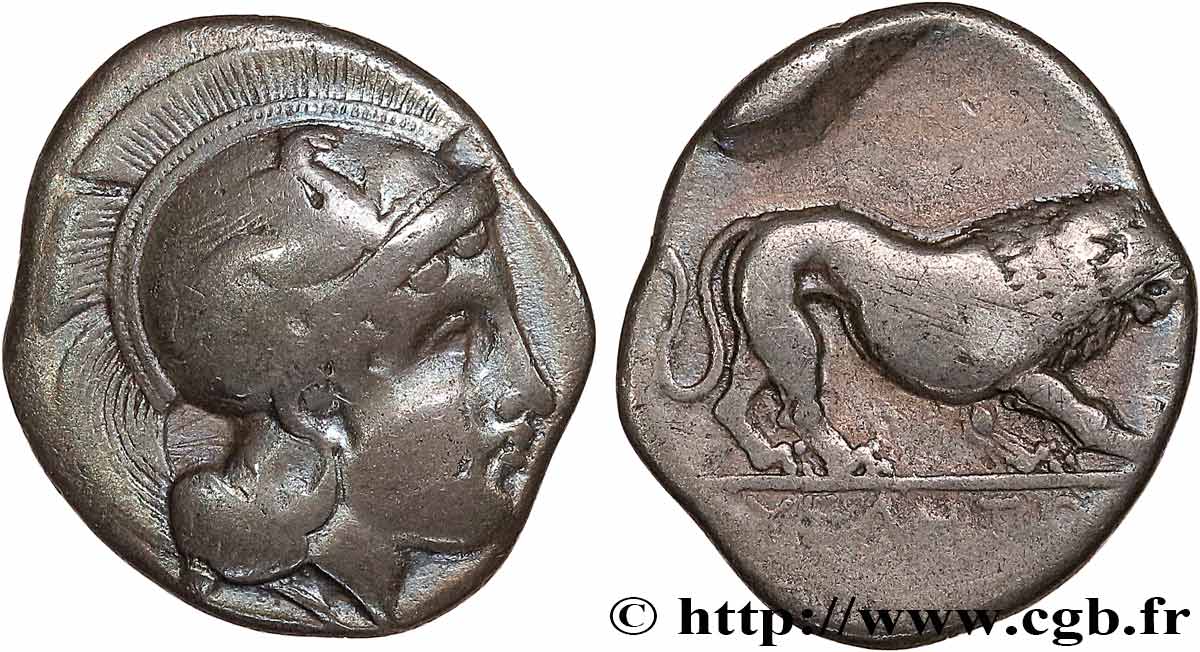
 Informar de un error
Informar de un error Imprimir la página
Imprimir la página Comparte mi selección
Comparte mi selección Haz una pregunta
Haz una pregunta Consignar / vender
Consignar / vender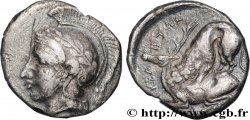
 Descriptivo
Descriptivo




